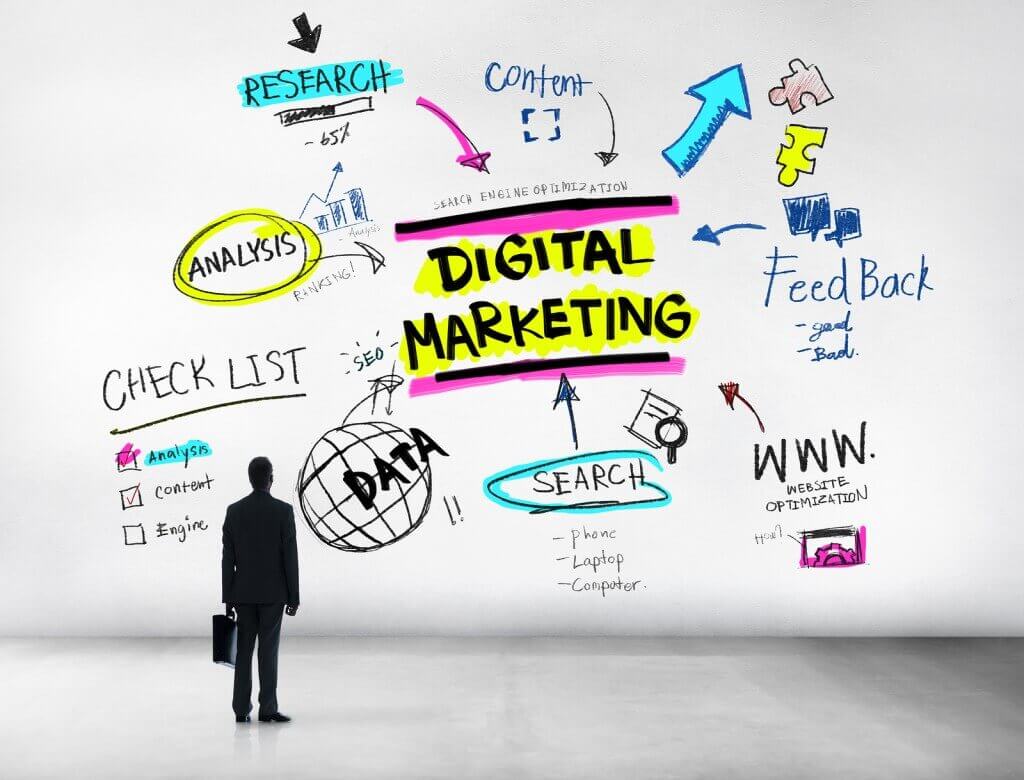
As Q1 quickly approaches, ensure you are budgeting for the right initiatives in 2020.
NB: This is an article from NextGuest
This month’s latest digital innovations include Google search algorithm update “BERT,” Bing metasearch, and new Facebook Responsive Text Ads. From SEO to design, find out the top five things you need to know now in hotel digital marketing, and stay ahead of the curve.
1. SEO: THE GOOGLE SEARCH ALGORITHM UPDATE “BERT” PROVIDES MORE CONTEXT TO SEARCH QUERIES.
Google announced what it called the most important update in five years. The BERT update, which impacts 10% of search queries, is oriented around improving language understanding, particularly for more natural language and conversational queries. BERT is able to help search better understand the nuance and context of words in searches and better match those queries with helpful results.
BERT analyzes search queries, not web pages. However, this update does make on–page SEO more important for hotels in terms of using words in precise ways. BERT is mainly impacting top-of-the-funnel keywords, which are information–related keywords. To better compete against your competition in the rankings, a simple solution is to get very specific with your content. Keyword density will be even less important in the future, as Google better understands the context of the content you are writing.

2. SEM: GOOGLE IS ROLLING OUT COMBINED AUDIENCES FOR PERSONA-BASED TARGETING.
Google Ads has started rolling out “And” logic to allow advertisers to build layered audiences for search campaigns. With the new combined–audiences option, digital marketers can create persona audiences by layering demographic, in-market, affinity, remarketing lists, or other audience targeting elements that are available in Google Ads. When building audiences, marketers can add multiple “Or” audiences, as well as exclude audiences, such as current customers.
For example, if spring is a need period for your luxury hotel or resort, and families are a key segment, you can combine demographic with in-market and affinity targeting to build an audience that consists of parents in the top 10% income bracket that have school-aged children in-market for a vacation to your destination. You can also add in a luxury travel affinity audience to ensure that the high-income families you’re reaching aren’t frugal about family vacations and are indeed interested in luxury travel and hotels.
In an industry test of this new feature, the test achieved a 20% conversion rate for a combined in-market, demographic, and exclusion audience compared to just a 6% conversion rate for a single in-market audience. As this becomes available, NextGuest will begin testing this new feature as part of its comprehensive persona-based strategy.

3. DISPLAY: NATIVE ADS GENERATED TWICE THE IMPACT OF OTHER DISPLAY ADS.
In a native ad study conducted by Respond, native ads generated at least twice the impact of other ad formats that appear above the publisher’s menu on editorial landing pages. The study also found that the time for consumers to view native ads was up to 150% faster than the industry average for digital ads. Native ads are becoming more and more common, and engagement is continuing to grow as advertisers focus on content that aligns with the sites where the ads are displayed.
Using native ads combined with the right targeting strategies is a great way for hotels to promote their upper-funnel, editorial content to fuel the booking funnel with a highly relevant and engaged audience.

4. SOCIAL MEDIA: RESPONSIVE ADS COME TO FACEBOOK WITH MULTIPLE TEXT OPTIMIZATION.
Soon to launch in the coming weeks, Facebook is rolling out a new responsive ad feature similar to what Google Ads launched last year. The feature, called Multiple Text Optimization, allows advertisers to create several versions of headlines, ad copy, and descriptions for a single media ad. Facebook’s ad system then dynamically serves up the combination it determines will deliver the best results.
Hotels should test Facebook Responsive Ads across their lower-funnel social campaigns to help increase conversions. They can also use Multiple Text Optimization to potentially test how different combinations of features and benefits resonate with different audiences. This type of multivariate option leaves messaging combinations to the algorithms and can accelerate testing of different types of messaging beyond Facebook’s A/B testing tool.
5. DESIGN: IMAGE AND TEXT MASKING ADD EMPHASIS.
Image and text masking isn’t a new technique to the design world, but it still looks quite modern. Leaving a big portion of the image behind unrevealed, this technique helps achieve a mysterious and minimalist look. To create a sense of interest and intrigue, consider masking images of your destination behind text to create eye–catching call-to-actions or destination-focused marketing messages.




